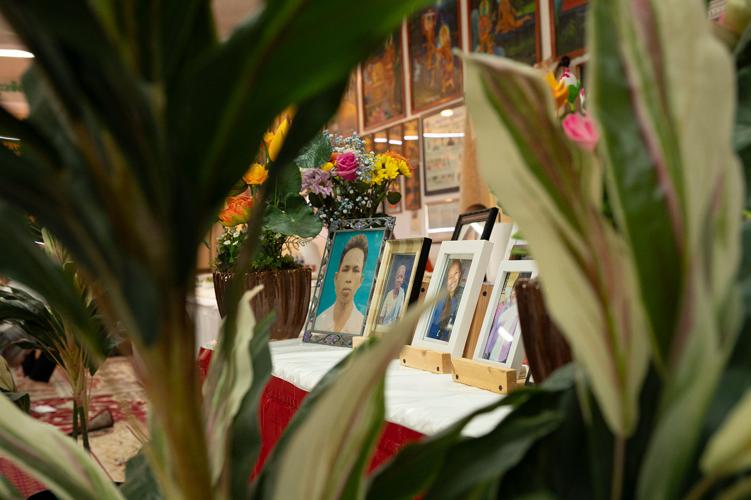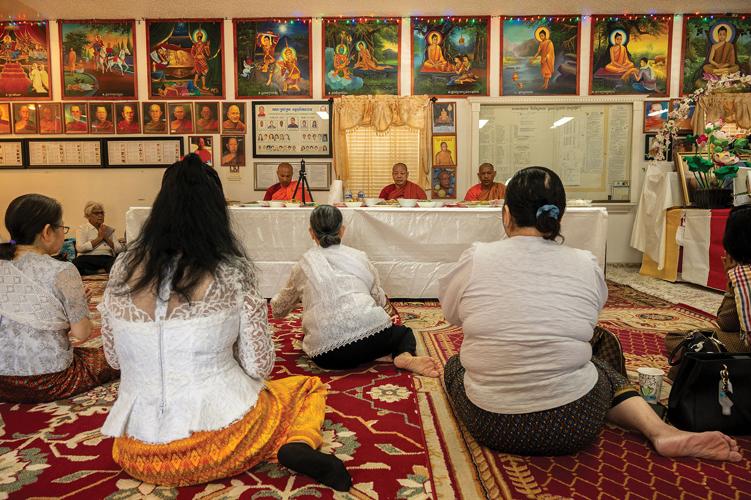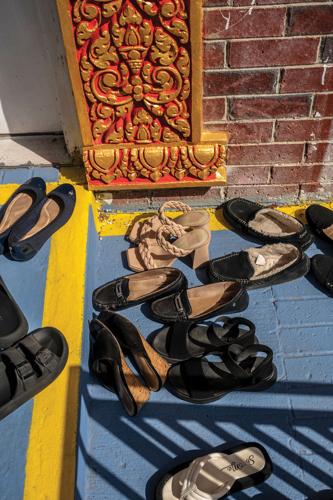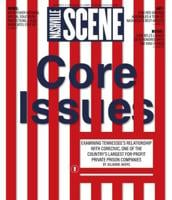In the Cambodian tradition, people invite monks to their homes to bless the spirits of their family members. Because there tend to be fewer monks in American communities, the tradition evolved into a communal blessing ritual. Every year, members of the Cambodian community from all around Middle Tennessee — and sometimes from other states — gather at the Cambodian Buddhist Temple in East Nashville for a special memorial service.

The temple serves a vital role in the community of Cambodian Nashvillians. “If they’ve experienced a loss or something that’s very tragic,” the Venerable Han Hoeung tells the Scene, “they can become extremely depressed, and they can lose their faith in life and living. We try to strengthen them, and we use the dharma for them to have faith and a sense of positivity in their lives.”

The temple’s walls are lined with paintings that detail the life of the Buddha, from birth to enlightenment to death and beyond. Framed photographs of revered Buddhist leaders, some adorned with cosmological markings, provide another layer of visual information to focus on during the ritual chantings and meditation.

Monks are the spiritual leaders of the Cambodian community. One of the first things many Nashvillians ask the monks about is their robes. A brilliant saffron-orange is the most popular choice for Cambodian monks from the Theravāda school of Buddhism, but if you travel to Malaysia or Myanmar, it’s more common to see monks in maroon robes.
“The origin of the color of the robe,” Hoeung explains, “comes from the Buddha’s time, which was a very poor time, and so monks did not have robes to wear. Instead, they would find scraps as they’re walking or doing their meditation. They would take pieces of rags that they found, and after they had a certain amount, they would stitch them up and wrap it around. And to blend in with nature, they would just dye it one color. And the Buddha said, ‘Any color that comes out is the color that you wear.’”

It is customary to remove shoes before entering the temple, and seeing an assortment of sandals, children’s sneakers and slippers is an indication of a large group gathered inside.
Stories of who these Nashvillians were, who they are now, and who they’re still becoming











